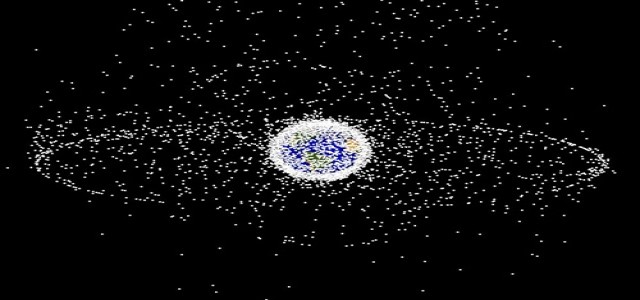
Astroscale achieved a milestone when its currently orbiting space junk removal demonstration satellite successfully captured and released a client spacecraft utilizing a magnetic system.
End-of-Life Services by Astroscale-demonstration (ELSA-d) mission was launched in March to validate the orbital debris removal tech of the company. The demonstrator package was launched from Kazakhstan, on a Soyuz rocket, involved two separate spacecraft: a “client” that poses as space junk, and a “servicer” designed to remove space junk.
The company explained that the major problem of debris removal and on-orbit servicing, is docking with or capturing a client object and this test demonstration proved to be a successful validation of ELSA-d’s ability to dock with a client, such as a defunct satellite.
The demonstration showed that the servicer which is a model of Astroscale’s future product can efficiently magnetically capture and release another spacecraft. However, there’s more before the mission can be declared a complete success, as the servicer and client must achieve three more capture-and-release milestones.
The next step in the mission involves the servicer releasing the client safely and re-capturing it from a longer distance. Thereafter, Astroscale will undertake the same process of release-and-capture, with the client satellite simulating an uncontrolled, tumbling space object. The final capture demonstration which the company calls “diagnosis and client search,” is in which the servicer will examine the client from a close distance, move away, then approach and re-capture.
Astroscale is among a handful of companies working on the issue of orbital debris, but it’s the first to send up a demonstration mission on debris removal from the orbit.
According to NASA, the Department of Defense’s global Space Surveillance Network sensors have tracked around 27,000 pieces of orbital debris. The quantity of junk in space is only estimated to rise as the spacecraft launching cost, and other expenses, continue to decrease, presenting a huge opportunity for Astroscale.
Source credits –
© 2025 aeresearch.net. All Rights Reserved.